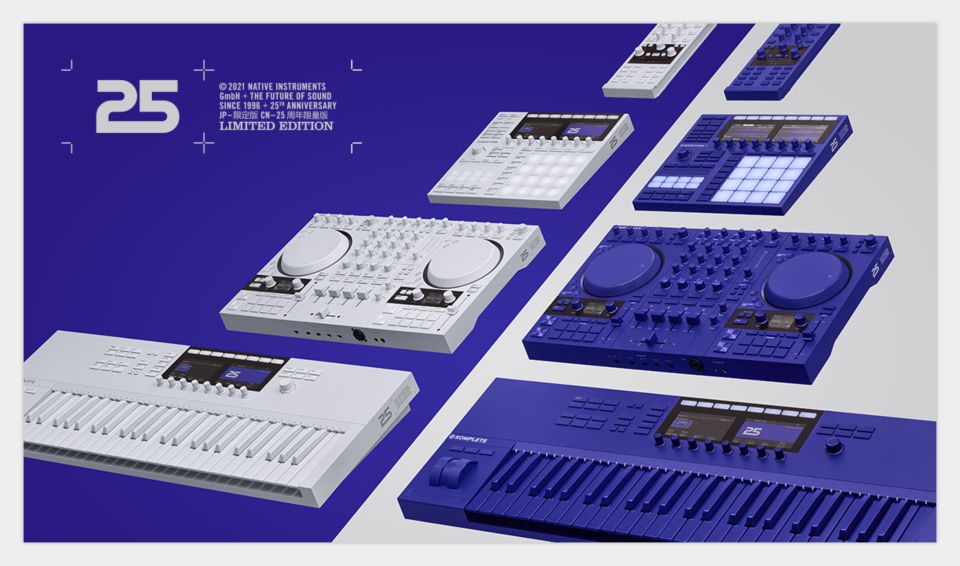

One of my favourites is to assign an oscillator's waveform selection to a MIDI dial: click on the waveform (a sine, by default), click the MIDI Learn button and then move your MIDI control. In addition to the button-control hack we just described, there are a couple of novel assignments you can make in FM8 to achieve effects which would be impossible with a mouse. You can even use this feature to get interesting effects: assigning a MIDI dial or slider to a button in FM8 and then moving the MIDI control, makes the button flash on and off rapidly. This can be changed to 'Even: Off/ Odd: On', which is useful if pressing a button on your controller outputs 0 for off, and 1 for on (although most do 0 for off, and 127 for on). By default, values of 0-63 cause the button to be 'off', whilst 64-127 registers as 'on'. There is also an option to control how FM8 responds to MIDI input when the MIDI controllers are assigned to buttons. This prevents one step in the controller from causing somewhat unpredictable jumps in the FM8 control values. The MIDI options allow you to use just the first 100 points of the MIDI controller, however, which can be useful if your controller has stepped controls (such as the endless rotary controllers on Behringer BC-Series controllers).
#Native instruments fm8 soft synth full
By default, FM8 maps the 0-127 range of your MIDI controllers to 0-100, so that the full range of the physical controller is used to cover the full range of the control in FM8. For example, controls in FM8 work with an internal range of 0-100, whilst MIDI controllers have a range of 0-127. There are some MIDI-related preferences which you may need to change in FM8's Options window (File > Options). F8C file this creates later on via the 'Load' button instantly restores all of your assignments next time you use FM8. Once you have assigned all of your controller's dials and sliders to your favourite controls inside FM8, you can save the configuration template in the MIDI Controller Assignment pane (click 'Save'). Finally, move a control on your MIDI controller, and the corresponding control in FM8 will move too! You'll see in the MIDI Controller Assignment pane (in the Master section of FM8) that your assignment has been updated. Next, click the MIDI Learn icon (in the top right of the whole FM8 screen, next to the NI logo - it looks like a MIDI connector seen head-on with an 'L' in the middle). All you have to do is use your mouse to move the control in FM8 which you'd like to assign (say, the master volume slider in the Master section). My favourite way to assign controllers in FM8 is with the 'MIDI Learn' function. Assigning Controllers and Making Templates In FM8's standalone mode, just go to File > Audio and MIDI Settings > MIDI and enable your controller. Now, you should be able to record-enable the MIDI or virtual instrument track and see the MIDI data indicator in FM8 (in the top right hand corner of the top bar, where preset names are displayed) blink when you move a controller. If you are using FM8 inside a DAW, make sure that the MIDI input you have connected your controller to is enabled in the DAW's options or preferences.
#Native instruments fm8 soft synth how to
This tutorial provides a quick overview of how to configure MIDI settings and templates in Native Instruments' FM8 soft synth, and shows you how to use FM8's MIDI capabilities to create unique effects you couldn't do any other way! MIDI In'īefore you can use your MIDI controller with FM8, you first need to enable it.


 0 kommentar(er)
0 kommentar(er)
